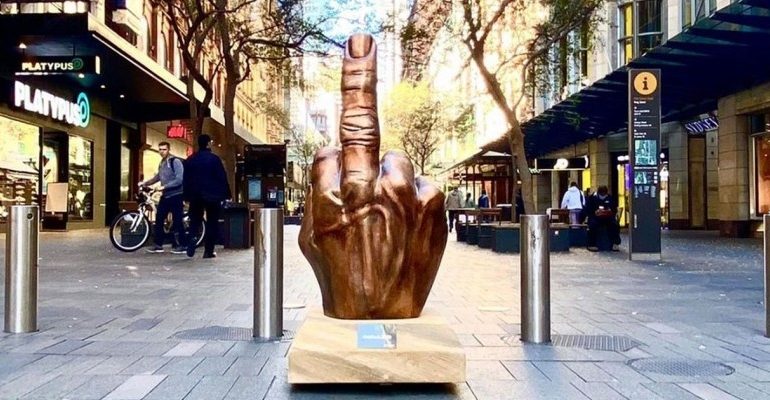This is your essential shortlist of must-haves to form your brand’s digital identity.
The first thing you should do when you begin a new business enterprise is create your company’s digital identity. Essentially, think about all the places where you will want your future marketing campaigns to lead customers: your website, your Google Business listing and your social media. You’ll need to create all of these platforms before you start considering a marketing campaign.
So, to get started, here’s a shortlist of must-haves to set up before bringing on a marketing team. Look at it like a digital package that’s in your hands to complete. Here are the essentials.
Build your website first
Before spreading out across the internet, establish your home base first. Build your website and make sure it’s free of bugs and fully operational before you start sending people to it.
Your website is going to be the conversion point for your products or services. Everything that we touch on after this point is going to be a pathway back to it, so your site really is the most critical aspect of your brand identity.
Some important considerations of a good website include:
- Make sure you have a clear and easy to spell domain name
- Make sure your domain name is the name of your company if that real estate isn’t already claimed.
- Make sure your website hosting is secure and scalable for when it’s time to expand things — for this, I would recommend a dedicated server hosting plan. It’s the more expensive option but you’re getting what you pay for.
Finally, make sure that you have a good grasp on SEO and incorporate all relevant keywords into your site to maximize traffic opportunities. Perform thorough keyword research to anticipate what kind of phrases your customers might be searching for to find the products or services that you provide, and include as many as you possibly can.
Claim your territory on all social media channels
Even if you don’t think your brand will have any use for a Facebook account, claim one anyway. Consistency is key in branding — you have to have a uniform handle across all social media if you can.
Having @mybrand claimed on all social media channels is just safeguarding yourself for the future. First off, it’s just more customer-friendly than having @mybrand on Twitter, @mybrandUS on Instagram, and @therealmybrand on TikTok. Secondly, getting control of your handles across social media will prevent potential interference from competitors who might claim the handle otherwise.
Pay attention to how social media evolves. If a new platform pops up, take five minutes to create a profile and stake your territory.
List your business on Google and everywhere else
Type in the name of a business you frequent into Google or type in the name of a competitor. What should pop up first is their Google My Business listing that will tell you what the company does, where to find them, their contact information, and an aggregate of reviews.
Because of Google’s supremacy over other search engines, this will be the first and last stop for most people trying to look up your business. That doesn’t mean you shouldn’t list your business everywhere you can, though. Much like with social media, the main purpose behind this is to claim this spot before a malicious competitor or similarly named business might.
Test out a few email platforms
Email marketing builds credibility, a customer base and content. In short, you need to look into email marketing technology as part of your digital package.
All of the email marketing platforms out there have different pros and cons, so the one you choose should be able to tick the most boxes for your audience. Consider this: 43% of people now check their emails on their smartphones every single day, but does that overlap with your demographic? If your core audience is 50 and over, maybe not, so you don’t have to put as much consideration into mobile optimization as you would if you were targeting millennials.
Also, consider the automation capabilities of these platforms. You do not want to be responding to every email manually. Instead, most platforms have automation software available, so plan out what kind of conversations you and your audience will be having.
Skip advertising — for now
Advertising seems like the way to get your business at the forefront of consumer’s minds, but it isn’t. Upfront, it’s just going to be a waste of your money because if you don’t have your digital pack together, you don’t have anything substantial to advertise. Let’s break this down item by item.
With no social media channels claimed and your website fully operational, where will your advertisements take your customers? Without all the right listings in place, how are customers going to know if the business that pops up on Google is yours or not? At best, they’ll be confused when they don’t find any trace of your digital presence. At worst, they’ll end up giving clicks to a brand with a similar name.
Without your digital identity being fully formed, spending money on advertising is seriously jumping the gun.
Think of your brand and your digital presence as one and the same — you need to force out your identity in every space available in order to gain the greatest momentum. By going through these steps in your digital package, you’ll position yourself to be fully responsive and able to handle an influx of business that will come as the result of your well-planned marketing campaign.







